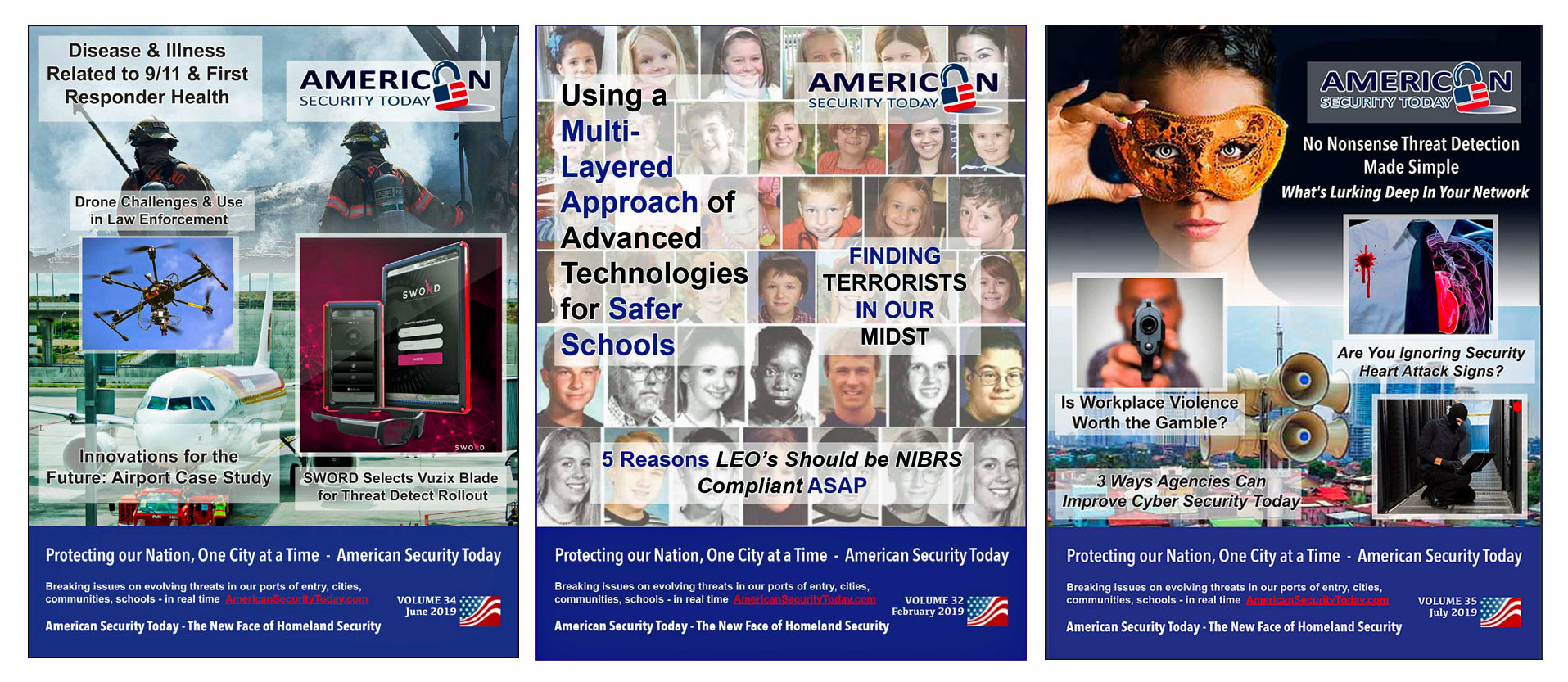
Guest Editorial by Todd Miller, SVP of Strategic Programs, Rave Mobile Safety, 2021 ‘ASTORS’ Homeland Security Multi-Award Winner
Americans are deeply concerned about the state of mental health in the country right now.
In fact, a 2021 survey report conducted by Rave Mobile Safety found that nearly all respondents (94%) are worried about mental health in the U.S.
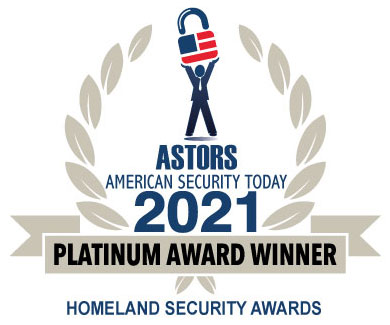 Adding complexity to the issue is the fact that many people don’t feel all emergency responders are equipped to handle mental health crises when they transpire: 86% of survey respondents “completely or somewhat agree that those tasked with public safety need to make improvements to better respond to mental health crises,” according to Rave’s findings.
Adding complexity to the issue is the fact that many people don’t feel all emergency responders are equipped to handle mental health crises when they transpire: 86% of survey respondents “completely or somewhat agree that those tasked with public safety need to make improvements to better respond to mental health crises,” according to Rave’s findings.
First responders, especially police officers, need specialized training, or access to those with it, to de-escalate challenging situations involving people with mental health conditions.
In many instances today, these situations end badly when first responders are unprepared, which is why we need a new approach.
While there is no silver bullet, one answer lies in providing supplemental training and education to all stakeholders involved in addressing public mental health crises – from first responders to dispatchers – so that they can make better decisions that save lives.
(The increase of Americans struggling with mental health issues amid the pandemic has prompted many state and local officials to find new ways to respond to those dealing with a mental health crisis. Courtesy of New Multiple Homeland Security Award Winner Rave Mobile Safety, in the 2021 ‘ASTORS’ Awards Program and YouTube. Posted on Dec 22, 2021.)
Community members also play an important role in this work and often possess knowledge that can positively shape how events unfold.
With this in mind, below are three best practices that public safety agencies can adopt to improve emergency response efforts to mental health crises going forward.
Making these changes is crucial for keeping our communities safe as the world re-opens.
Implement voluntary safety profiles to facilitate better response
One proactive approach public safety leaders can take is to encourage community members to register their households voluntarily with first responders.

In doing so, they notify leaders of any predetermined medical conditions – including mental illness – that could one day pose a public safety risk.
By implementing the right tools and building a robust snapshot of the community, emergency responders can deliver tailored support in situations involving certain people.
Police officers, mental health counselors, and dispatchers are empowered to respond quickly and notify other professionals who can de-escalate situations involving specific individuals.
As public safety agencies build out their safety profile databases, they should communicate openly about its purpose and explain to community members how it enables first responders to keep them safe today and in future emergency situations.
Virginia Beach is a great example of one community that has publicly taken steps to enhance their response and communicate it to the public.
(Although mental health programs in colleges have been found to reduce violence on campuses, very few colleges have the resources to develop and maintain adequate mental health programs due to the diversity of issues reportedly affecting student mental health. Courtesy of New Multiple Homeland Security Award Winner Rave Mobile Safety, in the 2021 ‘ASTORS’ Awards Program and YouTube. Posted on Dec 22, 2021.)
Ensure cross-collaboration with alternate response resources
Whenever mental health crises emerge, public safety officials must be able to collaborate across specialties and departments to ensure the best possible outcomes for all involved.
Disjointed response efforts and missing information can cost valuable time – and in dire circumstances – lives.
Officials should make sure everyone involved in emergency management is prepared to work with others across the response ecosystem – fire departments, police departments, EMS, medical institutions, and other local organizations – that may have critical information about the people involved.
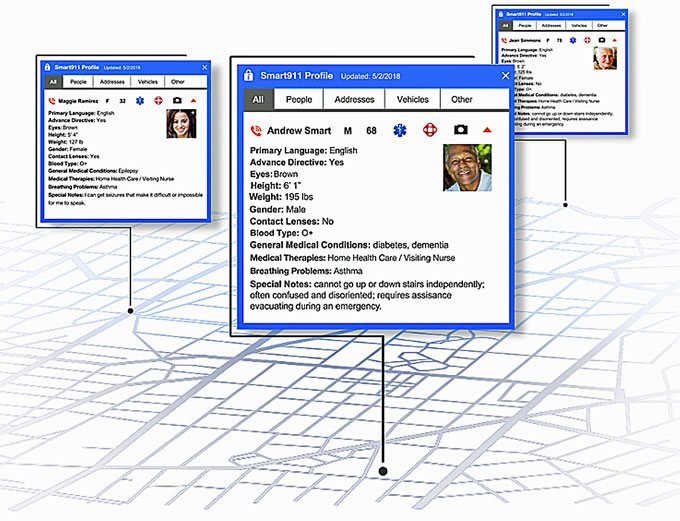
For example, consider an emergency situation involving a person with autism who doesn’t respond well to verbal commands.
Given this information proactively, a dispatcher could specifically request individuals trained in de-escalation methods involving people with mental health needs.
Rather than send a lone police officer, the dispatcher could pair the officer with a mental health counselor who understands how to handle such situations.
This level of coordination is invaluable in emergency response efforts. Streamlining communication channels and training teams to think about how they can work with alternate response resources help maintain safe communities.
Commit to building trust within your community
It’s also important to establish trust within a community and encourage members to share information with public safety teams that could prove useful in emergency situations.
Oftentimes, public safety departments don’t know the people at the center of mental health incidents. Consequently, they have to rely on medical information received voluntarily beforehand or on people who know the individual.

Fortunately, studies show that community members are willing to share sensitive data with emergency teams that could aid in response efforts.
According to Rave’s 2021 survey report, 79% of people are “completely or very willing to provide first responders with information on their mental health history or that of their loved ones.”
The best way to ensure this happens when emergencies occur is to build trust regularly within the community.
Officials should share that community members play an essential part in addressing emergency situations and that their wellbeing is top of mind.
By implementing these three best practices in communities, public safety can equip emergency response teams with the knowledge and resources they need to mitigate mental health crises in a post-pandemic world.
As people return to public spaces, officials must invest in these approaches to strengthen trust within our communities and keep everyone safe.
About the Author
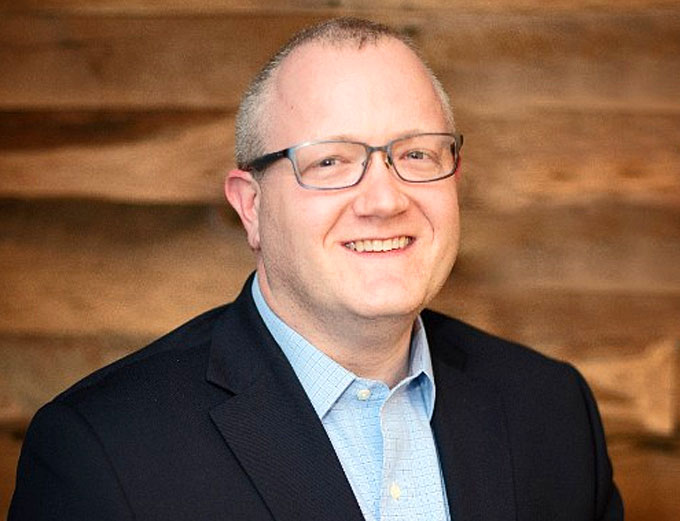
Todd Miller is the SVP of Strategic Programs at Rave Mobile Safety.
Prior to joining Rave, Todd managed the self-service consulting Practice at Oracle where he was responsible for the delivery of customized software solutions for clients in North America, supporting millions of users.
At Oracle he was awarded recognition as a member of Oracle’s top 10% in Consulting.
Todd’s previous experience includes leading consulting teams for Siebel and eDOCS in North America, Europe, and Australia.
(Learn how the Rave Mobile Safety Platform is purpose-built for critical communication and collaboration to enable emergency notifications, critical data sharing, and emergency response, to ensure the right information gets to the right people so they can respond effectively in an emergency. Courtesy of Rave Mobile Safety and YouTube.)
Rave Mobile Safety a Multi-Award Winner in 2021 ‘ASTORS’ Awards Program
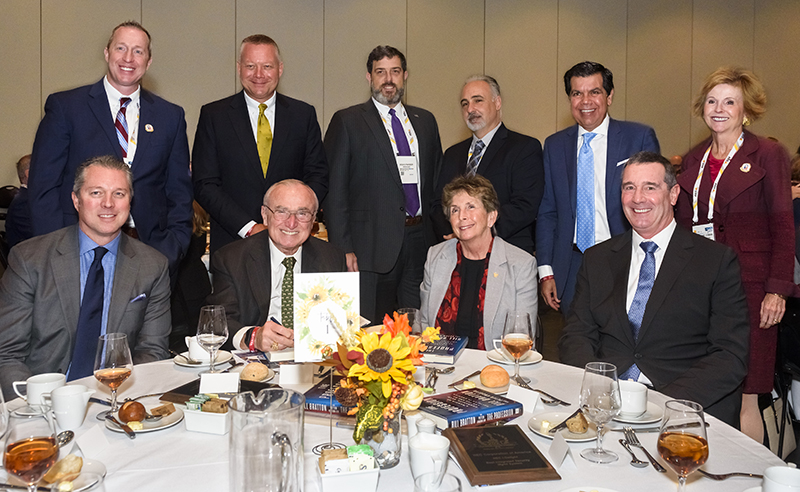
American Security Today’s Annual ‘ASTORS’ Awards is the preeminent U.S. Homeland Security Awards Program, and now in its Sixth Year, continues to recognize industry leaders of Physical and Border Security, Cybersecurity, Emergency Preparedness – Management and Response, Law Enforcement, First Responders, as well as federal, state and municipal government agencies in the acknowledgment of their outstanding efforts to Keep our Nation Secure.
Rave Mobile Safety (First of Two)

-
Best COVID-19 Communications Solution
-
Rave Coronavirus Recovery Solution
-
As public safety and first responders continue to struggle with the implications of COVID-19, it is more crucial than ever that they are able to proactively identify, communicate with and respond to those at greatest risk.
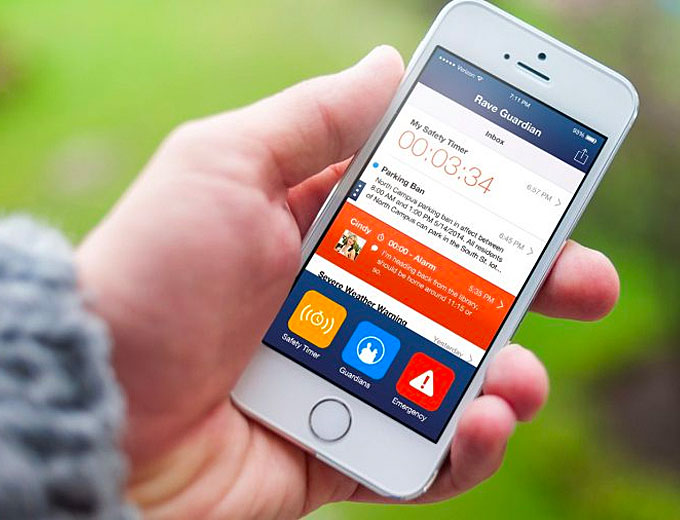
-
Of equal importance is ensuring the protection of first responders to COVID-19 exposure, and in order to provide better safety and communication capabilities to organizations across all industries, Rave Mobile Safety developed its Coronavirus Recovery Solution, to enable these organizations and agencies to adhere to national and local guidelines while creating a safe environment for their staff and community.
-
Two key applications include Critical Communications for timely, targeted, and personal notifications to employees and members within an organization; and Mass Notifications across 9-1-1, first responders, and emergency management to protect public safety through natural disasters, operational events, and crisis incidents.
(Learn what to look for in a critical communications platform and how it can help your agency improve response efforts during your coronavirus recovery efforts. Courtesy of Rave Mobile Safety and YouTube.)
Rave Mobile Safety (Second of Two)
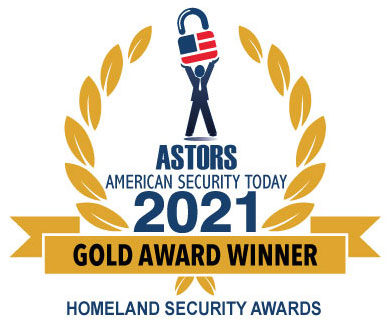
-
Best Risk, Crisis Management Solution
-
Rave Collaborate
-
It’s challenging to have paper-based checklists sitting in a folder or notes on a personal mobile phone when lifesaving decisions and actions must be made.
-
Teams need to be prepared for all possible events and make strategic decisions quickly during those initial critical moments of an incident as first responders arrive on scene.
-
Rave Collaborate ensures all key resources can be easily found and implemented when the unimaginable occurs.
-
Staff can quickly see what needs to be done, make appropriate response decisions, and account for their actions.
(See how you can Mitigate Operational Disruptions, and initiate communication during major events, from severe weather to facility closures, power outages and road closures to operational issues that impact your supply chain, infrastructure and IT. Courtesy of Rave Mobile Safety.)
-
*Rave Mobile Safety was also recognized with Multiple Award Wins in the 2020, 2019, 2018 and 2017 ‘ASTORS’ Homeland Security Awards Programs.
The Annual ‘ASTORS’ Awards highlights the most cutting-edge and forward-thinking security solutions coming onto the market today, to ensure our readers have the information they need to stay ahead of the competition and keep our Nation safe – one facility, street, and city at a time.

AST Honors Thomas Richardson, FDNY Chief of Department; Dr. Kathleen Kiernan, President of NEC National Security Systems; and Richard Blatus, FDNY Assistant Chief of Operations, at the 2021 ‘ASTORS’ Awards Luncheon at ISC East.
The United States was forever changed 20 years ago on September 11th, and we were fortunate to have many of those who responded to those horrific tragedies join us at the 2021 ‘ASTORS’ Awards Luncheon.
In the days that followed 9/11, the critical needs of protecting our country catapulted us into new and innovative ways to secure our homeland – which is how many of the agencies and enterprise organizations that are today ‘ASTORS’ Awards Champions, came into being.

Our keynote speaker featured a moving and informative address from TSA Administrator and Vice-Admiral of the United States Coast Guard (Ret), David Pekoske; to our attendees who traveled from across the United States and abroad, on the strategic priorities of the 64,000 member TSA workforce in securing the transportation system, enabling safe, and in many cases, contactless travel.

Legendary Police Commissioner William Bratton of the New York Police Department, the Boston Police Department, and former Chief of the Los Angeles Police Department was also live at the event, meeting with attendees and signing copies of his latest work ‘The Profession: A Memoir of Community, Race, and the Arc of Policing in America,’ courtesy of the generosity of our 2021 ‘ASTORS’ Awards Premier Sponsors.
The 2021 ‘ASTORS’ Awards Program was Proudly Sponsored by AMAROK, Fortior Solutions and SIMS Software, along with Returning Premier Sponsors ATI Systems, Attivo Networks, Automatic Systems, and Reed Exhibitions.
Why American Security Today?
The traditional security marketplace has long been covered by a host of publications putting forward the old school basics to what is Today – a fast-changing security landscape.
American Security Today is uniquely focused on the broader Homeland Security & Public Safety marketplace with over 75,000 readers at the Federal, State, and local levels of government as well as firms allied to the government.
American Security Today brings forward a fresh compelling look and read with our customized digital publications that hold readers’ eyes throughout the story with cutting-edge editorial that provides solutions to their challenges.
Harness the Power of the Web – with our 100% Mobile Friendly Publications
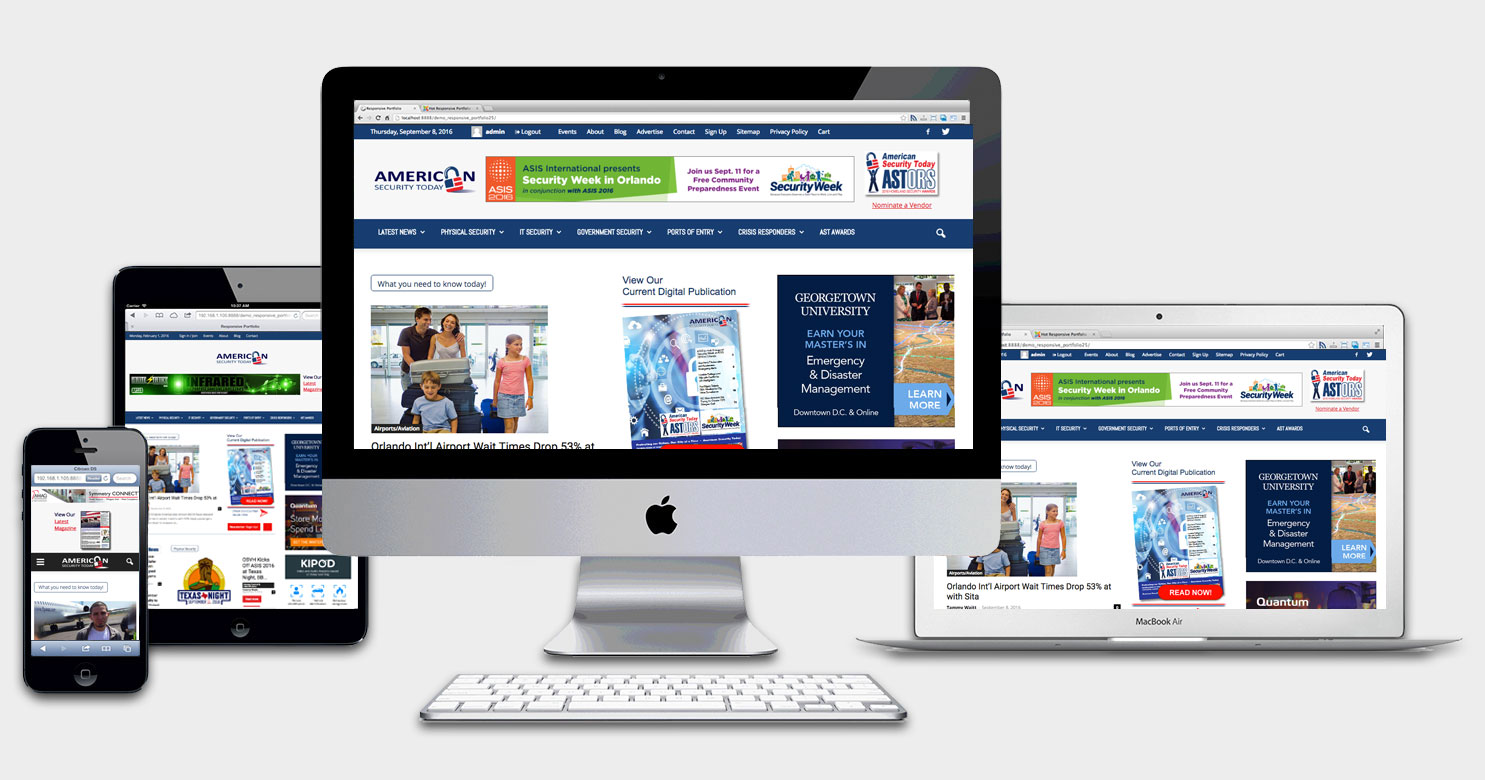
AST Digital Publications are distributed to over 75,000 qualified government and homeland security professionals, in federal, state, local, and private security sectors.
‘PROTECTING OUR NATION, ONE CITY AT A TIME’
AST Reaches both Private & Public Experts, essential to meeting these new challenges.
Today’s new generation of public safety and security experts need real-time knowledge to deal with domestic and international terrorism, lone wolf attacks, unprecedented urban violence, shifts in society, culture, and media bias – making it increasingly difficult for Homeland Security, Law Enforcement, First Responders, Military and Private Security Professionals to implement coordinated security measures to ensure national security and improve public safety.
These experts are from Government at the federal, state, and local level as well as from private firms allied to the government.
AST provides a full plate of topics in our AST Monthly Magazine Editions, AST Website, and AST Daily News Alerts, covering 23 Vital Sectors such as Access Control, Perimeter Protection, Video Surveillance/Analytics, Airport Security, Border Security, CBRNE Detection, Border Security, Ports, Cybersecurity, Networking Security, Encryption, Law Enforcement, First Responders, Campus Security, Security Services, Corporate Facilities, and Emergency Response among others.
AST has Expanded readership into integral Critical Infrastructure audiences such as Protection of Nuclear Facilities, Water Plants & Dams, Bridges & Tunnels, and other potential targets of terrorism.
Other areas of concern include Transportation Hubs, Public Assemblies, Government Facilities, Sporting & Concert Stadiums, our Nation’s Schools & Universities, and Commercial Business Destinations – all enticing targets due to the large number of persons and resources clustered together.
(See just a few highlights of American Security Today’s 2021 ‘ASTORS’ Awards Presentation Luncheon at ISC East. Courtesy of My Pristine Images and Vimeo.)
To learn more about ‘ASTORS’ Homeland Security Award Winners solutions, be on the lookout for the 2021 ‘ASTORS’ CHAMPIONS Edition Fully Interactive Magazine – the Best Products of 2021 ‘A Year in Review’.
The Annual CHAMPIONS edition includes a review of Annual ‘ASTORS’ Award Winning products and programs, highlighting key details on many of the winning firm’s products and services, including video interviews and more.
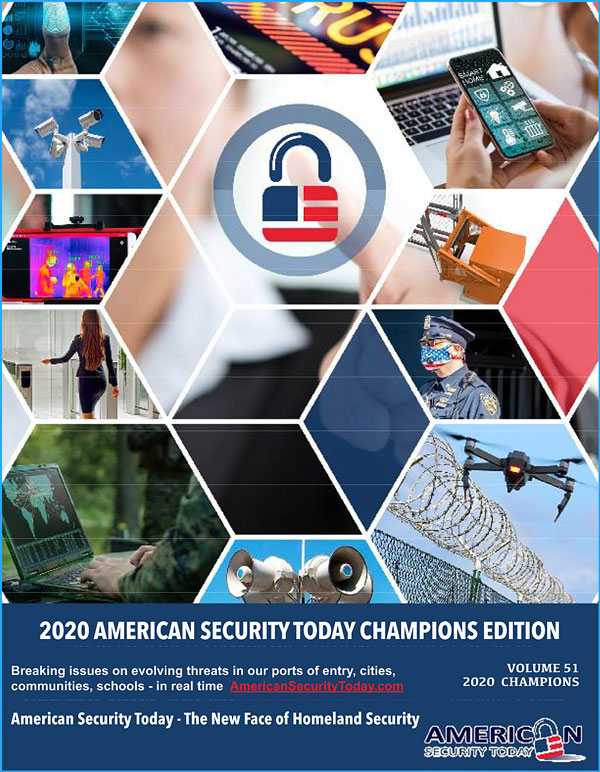
It will serve as your Go-To Source throughout the year for ‘The Best of 2021 Products and Services‘ endorsed by American Security Today, and can satisfy your agency’s and/or organization’s most pressing Homeland Security and Public Safety needs.
From Physical Security (Access Control, Critical Infrastructure, Perimeter Protection, and Video Surveillance Cameras and Video Management Systems), to IT Security (Cybersecurity, Encryption, Data Storage, Anti-Malware and Networking Security – Just to name a few), the 2021 ‘ASTORS’ CHAMPIONS EDITION will have what you need to Detect, Delay, Respond to, and Mitigate today’s real-time threats in our constantly evolving security landscape.
It will also include featured guest editorial pieces from some of the security industry’s most respected leaders, and recognized firms in the 2021 ‘ASTORS’ Awards Program.
-
For a complete list of 2021 ‘ASTORS’ Award Winners, begin HERE.
For more information on All Things American Security Today, as well as the 2021 ‘ASTORS’ Awards Program, please contact Michael Madsen, AST Publisher at mmadsen@americansecuritytoday.com.
Learn More…
AST strives to meet a 3 STAR trustworthiness rating, based on the following criteria:
- Provides named sources
- Reported by more than one notable outlet
- Includes supporting video, direct statements, or photos















